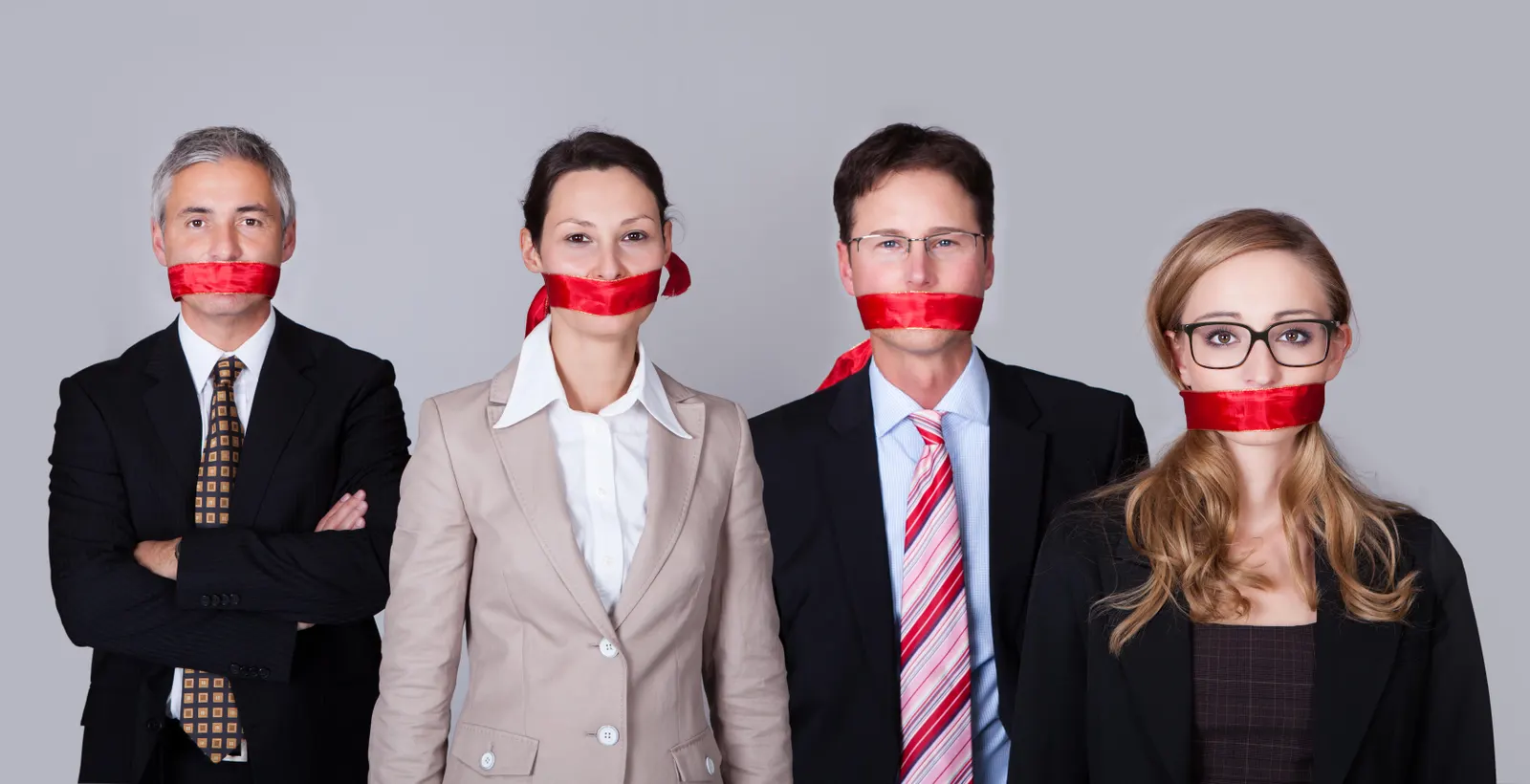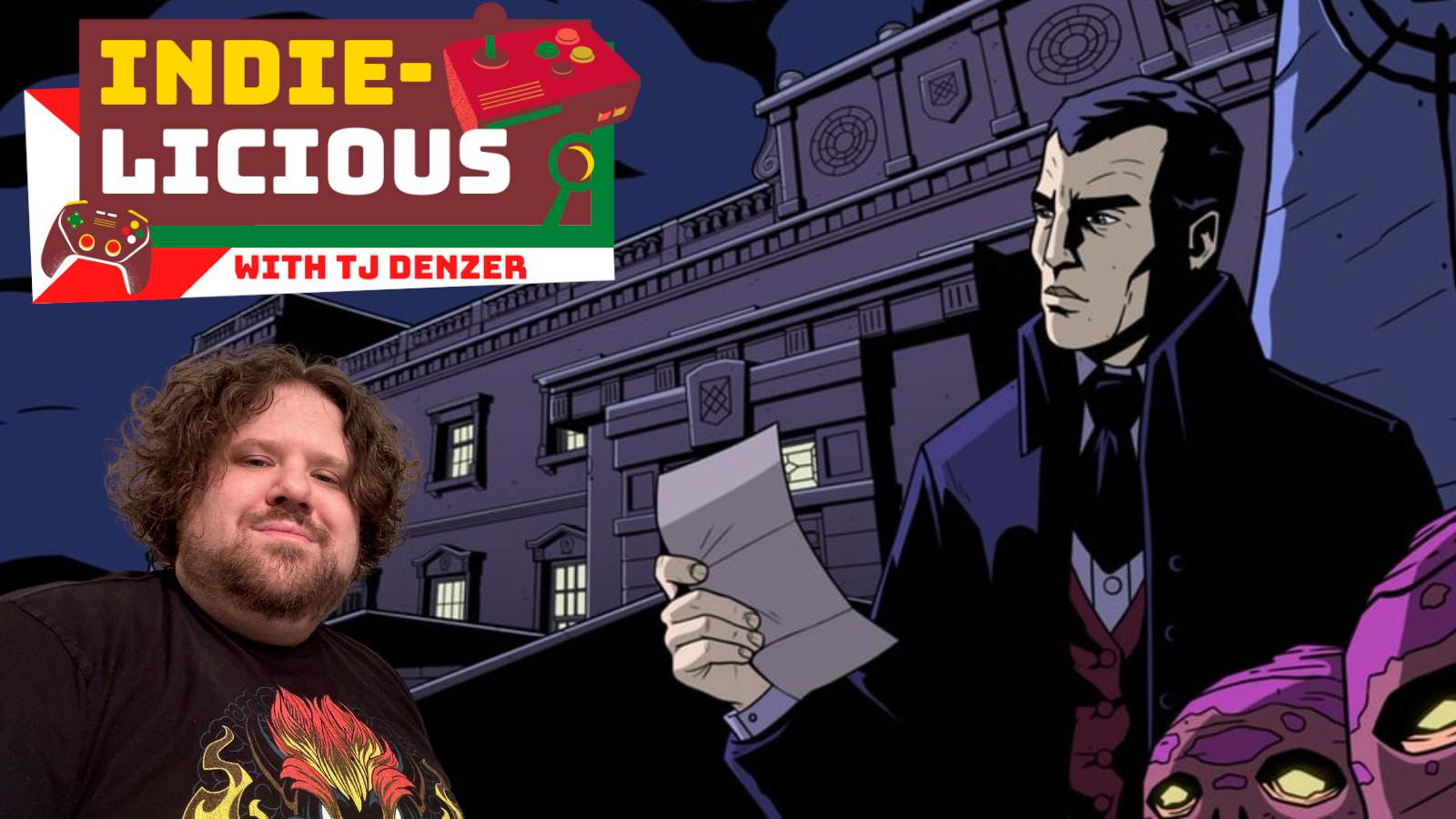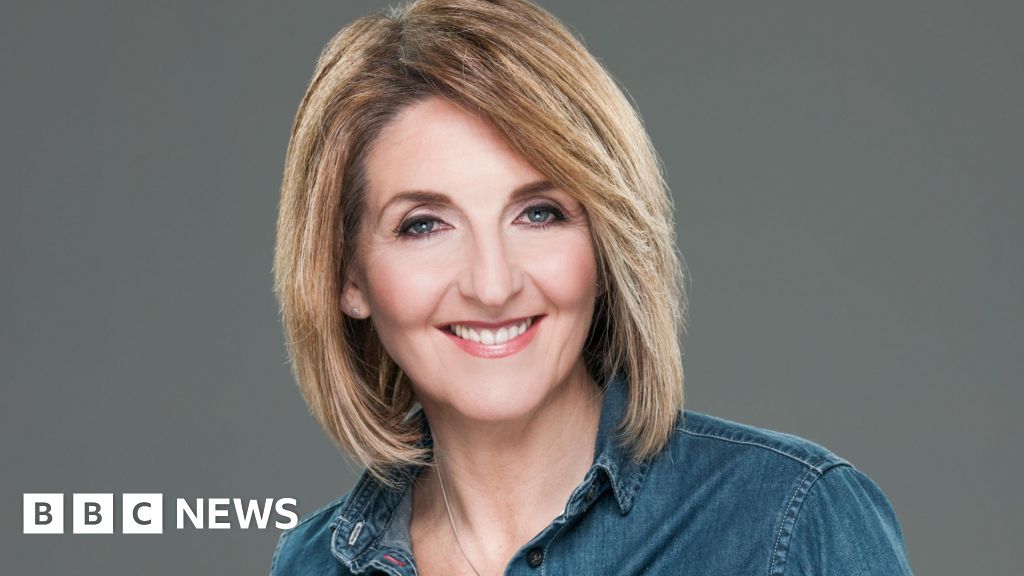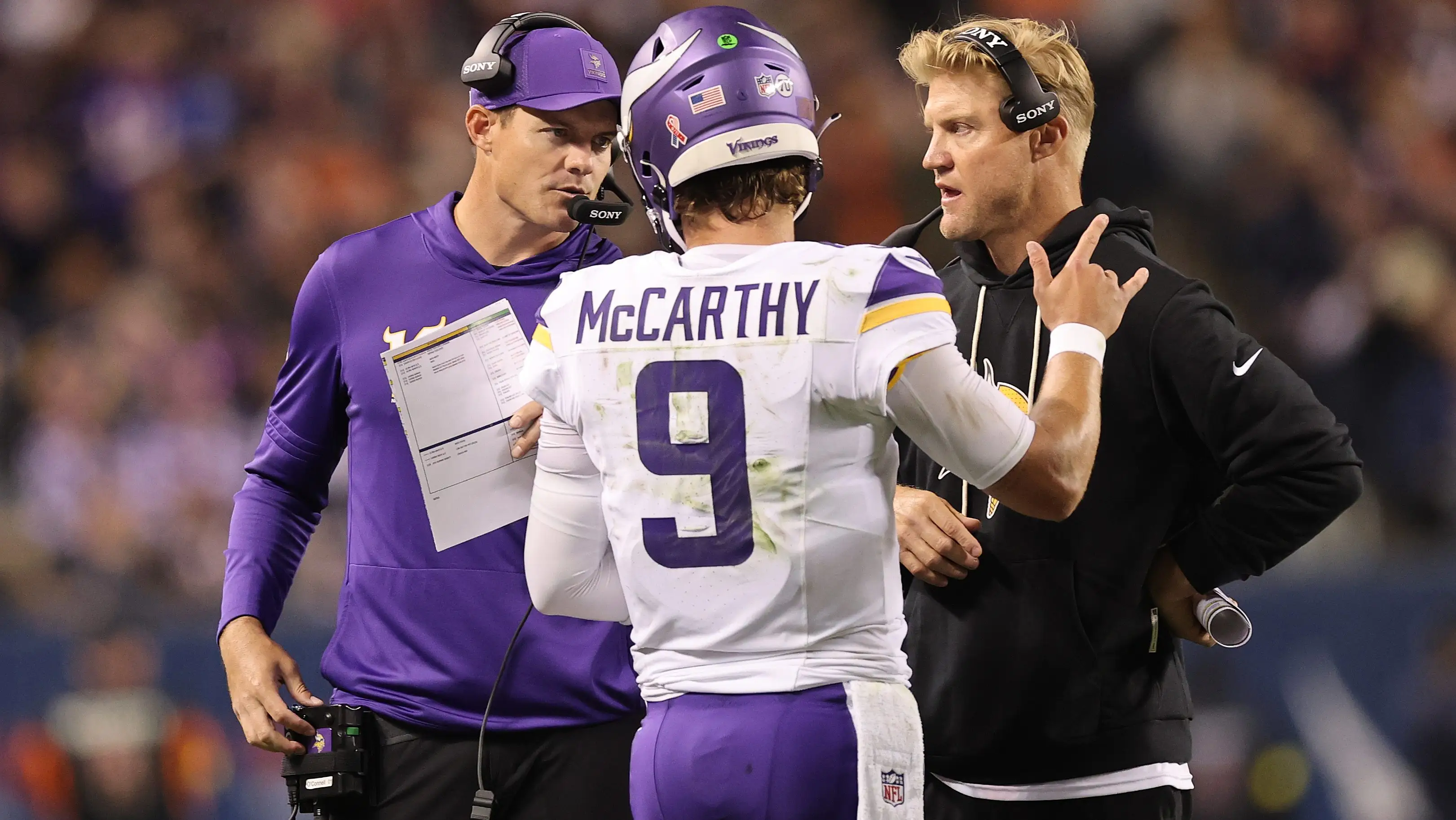Copyright forbes

Psychological Safety Sounds Great, So Why Do So Many Teams Still Stay Silent? For years, leaders have been told that psychological safety is the secret ingredient of great teams. When people feel safe to speak up without fear of embarrassment or punishment, innovation flows, engagement soars, and performance follows. It’s a comforting idea, but in practice, too many leaders have learned the hard way that declaring “this is a safe space” doesn’t make it so. The Myth of Psychological Safety Through Words You can’t simply announce psychological safety into existence. Even in organizations that pride themselves on openness, employees routinely censor their opinions. Research from Leadership IQ’s Team Effectiveness & Frustrations Study found that only 18% of employees feel completely safe voicing an unpopular idea. The rest wait to see which way the room leans. And when teams do face tension, it rarely ends well. Just 36% of employees said their team resolves conflict quickly and productively, while the rest described far less healthy patterns: 29% said people avoid conflict altogether, 18% said it gets ignored, and 16% said it escalates into bigger problems. When disagreement strikes, most teams don’t lean into resolution, instead they retreat, stay silent, or blow up. LEADERSHIP IQ That hesitation doesn’t mean people are timid. It means they’ve learned through experience that safety is fragile. One executive’s frown, one dismissive comment, or one “let’s move on” can undo months of culture-building. MORE FOR YOU Why “Safe” Isn’t Always “Smart” The deeper problem is that psychological safety alone can’t neutralize the forces that push teams toward consensus. Groupthink, the herding effect, conformity bias, and what sociologists call the spiral of silence are baked into human wiring. Even in genuinely trusting teams, people still look to early cues and dominant voices before deciding whether to speak. If a senior manager expresses strong support for an idea, subordinates may unconsciously mirror that stance. The result isn’t safety, it’s quiet alignment disguised as agreement. Structure Is The Missing Ingredient In Psychological Safety The solution isn’t to abandon psychological safety; it’s to engineer it. Safety without structure is just wishful thinking. Research shows that the most effective teams don’t merely rely on free-flowing conversation. They used deliberate mechanisms that forced diversity of thought to the surface. For instance, one study from INSEAD and Wharton researchers found that teams who spent just ten minutes thinking independently before group discussion generated nearly three times more ideas than those who brainstormed collectively from the start. The independently generated ideas were rated as more creative, more valuable to customers, and more likely to succeed commercially. The reason is simple: when people think privately before sharing, they escape the gravitational pull of early opinions. They don’t censor themselves or tailor their thinking to the perceived group mood. That’s why, before major meetings, every participant should write down their views independently (including concerns, risks, and recommendations) before seeing anyone else’s. Those notes can later be shared, even anonymously, to ensure that quieter or dissenting voices aren’t drowned out. This small act of pre-meeting independence replaces “who speaks first” with “everybody thinks first.” And it’s one of the simplest ways to turn a theoretical value like psychological safety into an actual system for inclusion. Psychological Safety Requires Role Diversity The best way to make psychological safety real isn’t to host more trust-building sessions; it’s to ensure every core role in your team is represented and heard. Leaders often think team success depends on personalities or titles, yet results from the “What Type of Team Player Are You?” test show that the highest-performing teams share something else entirely: a balance of five roles that each add a different kind of insight. Directors bring clarity and momentum. They prevent “safe” conversations from turning into endless talk by pushing toward decisions. Achievers ground the team in evidence and excellence. They challenge feel-good assumptions with data and measurable standards. Stabilizers add process and predictability, ensuring that open dialogue becomes a repeatable habit instead of a one-off event. Harmonizers protect tone and trust. They make it emotionally safe for people to disagree without damaging relationships. Trailblazers push boundaries and ask the uncomfortable questions that move teams beyond comfort zones. When all five voices are active, safety stops being a feeling and becomes a system for thinking. If a team lacks one of these roles, it’s like removing a stabilizing beam from a bridge. A team full of Harmonizers may have warmth but avoid conflict. A team of Directors may drive action but miss empathy. Balance creates both truth and trust. How Roles Create Real Psychological Safety Each of the five roles helps create psychological safety in a different, structural way. When leaders consciously surface or spotlight these roles, safety stops depending on personality, it becomes built into how the team operates. Directors create clarity. Uncertainty breeds fear, and fear kills openness. When Directors set clear goals and decision criteria, people know where the boundaries are, making it safer to take risks inside them. Achievers create credibility. They elevate standards and reward substance over showmanship. That signals to others that thoughtful ideas, not just confident ones, earn respect. Stabilizers create consistency. Their processes turn “speak up” moments into habits. When feedback and follow-up happen predictably, people trust that their input won’t vanish into the void. Harmonizers create connection. They defuse tension before it becomes toxic and remind the group that disagreement doesn’t equal disrespect. That emotional scaffolding lets others share ideas that challenge the norm. Trailblazers create permission. They model boldness by voicing unconventional ideas first. When a Trailblazer questions the status quo without punishment, everyone else learns that dissent can be valuable, not dangerous. Each role protects a different dimension of safety: cognitive, emotional, procedural, interpersonal, and creative. Together they form a structural ecosystem where people don’t just feel safe, they function safely. How To Build Psychological Safety In The Workplace The most practical way to build psychological safety in the workplace is to make sure every role’s voice is actually heard. Start by identifying who on your team naturally plays each role (Director, Achiever, Stabilizer, Harmonizer, and Trailblazer) and then design your conversations to draw them out. Ask questions that target their strengths: “Trailblazers, what bold ideas haven’t we considered yet?” “Achievers, what would success look like in concrete terms?” “Stabilizers, what risks or process gaps do you see?” “Harmonizers, how might this affect the team dynamic?” “Directors, how do we move this forward?” When people hear that their unique lens is wanted, not just tolerated, they stop self-censoring. The conversation becomes richer, safer, and far more complete. Psychological safety isn’t built through reassurance, it’s built by proving that distinct and even conflicting perspectives are genuinely welcome. The New Model Of Psychological Safety At Work The next evolution of psychological safety won’t come from slogans or posters. It will come from systems; structured thinking, deliberate role activation, and meeting designs that guarantee every voice is represented. Leaders who treat safety as a process, not a feeling, will unlock the kind of honesty and creativity that “safe spaces” alone rarely deliver. Because true psychological safety doesn’t mean everyone feels comfortable. It means everyone feels heard, even when what they say makes others uncomfortable. And that only happens when each role (Director, Achiever, Stabilizer, Harmonizer, and Trailblazer) is not just permitted but expected to play their part. Editorial StandardsReprints & Permissions



